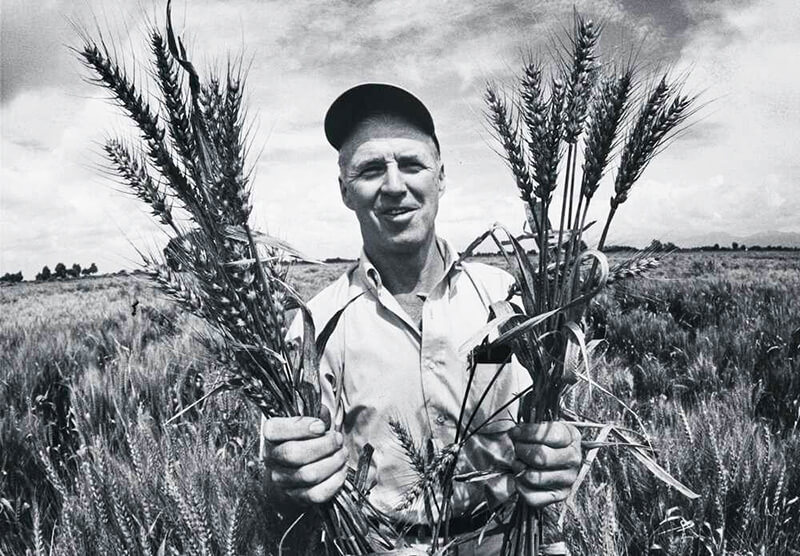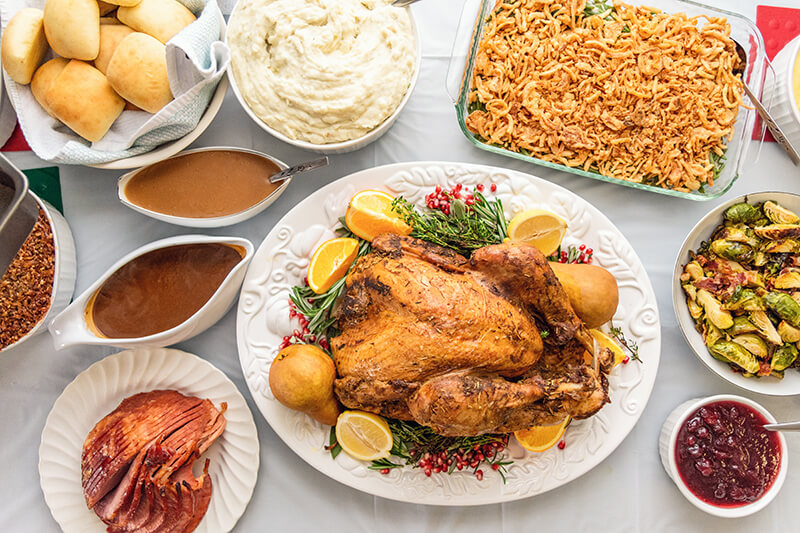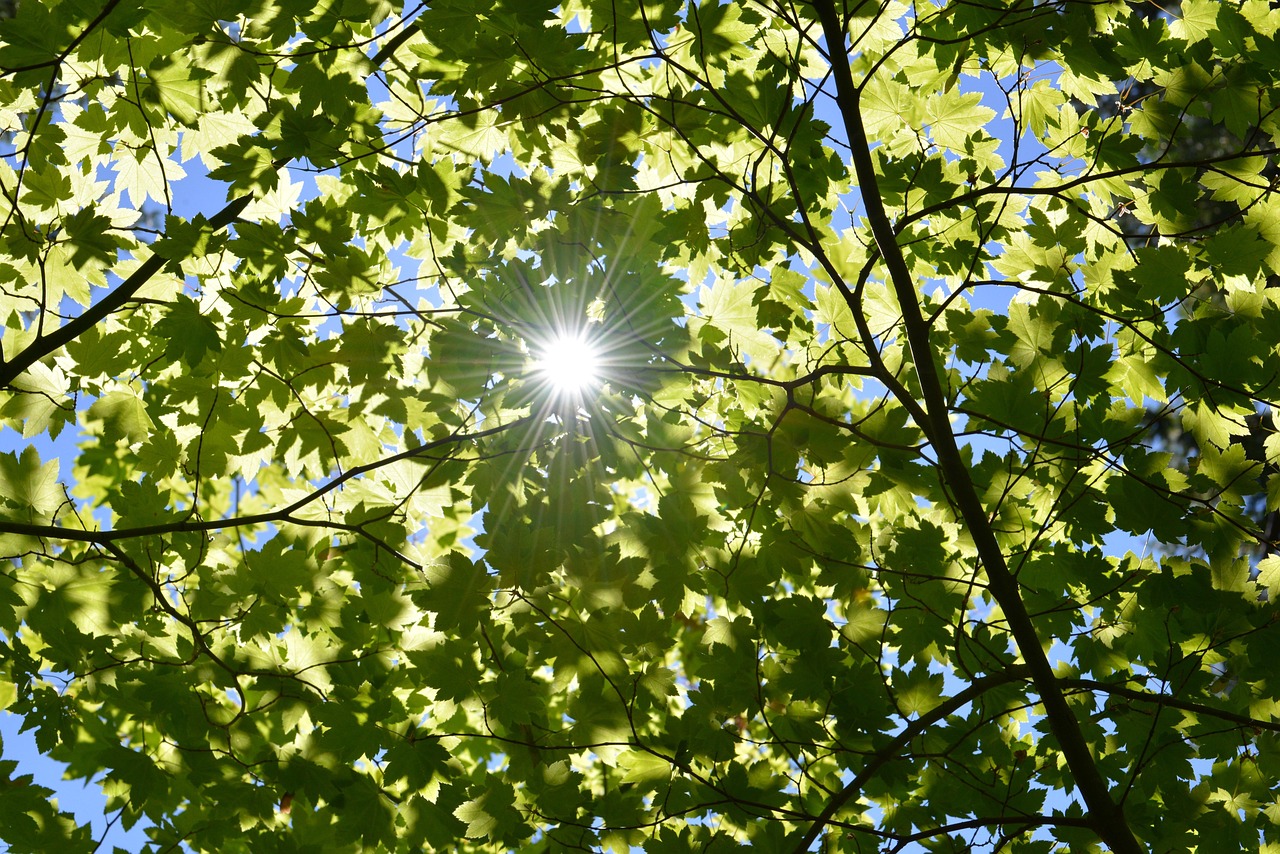Eggs: Protein MVP
Students explore the importance of protein to a healthy diet and discover that eggs are a nutritious food and a good source of protein.
Students explore the importance of protein to a healthy diet and discover that eggs are a nutritious food and a good source of protein.

Evaluate the agricultural advances of the Green Revolution, discover the contributions of Norman Borlaug, and discuss the impacts of this era from an economic, social, political, and environmental perspective by watching the 2020 PBS film, The Man Who Tried to Feed the World.

Identify common Thanksgiving foods and their farm source, determine if those foods can be produced locally, and locate the common origins of their Thanksgiving day dinner.
Students will explore the major events and changes in agriculture related to science, technology, and policy in the era of 2001 to the present, taking an in-depth look at how these elements have impacted American families and communities through the passage and enactment of government programs and policies.

Explore photosynthesis to discover how plants obtain energy from the sun and then continue following energy's path to see how energy can flow through ecosystems to ultimately provide food for humans.
Students observe how a seed sprouts and investigate the conditions necessary for germination to occur.
Students observe how a seed sprouts and investigate the conditions necessary for germination to occur.
Students explore a variety of greens to identify their structure and function in plant growth and prepare, cook, differentiate, and enjoy the health benefits leafy greens have to offer.
Students use the visual representation of a web to explore the role of agriculture in their daily lives and understand how most of the necessities of life can be traced back to the farm.
Students discover the needs of a seed to germinate and the needs of a plant to grow while exploring the life stages of a flowering plant.
Students identify where fruits and vegetables belong on the MyPlate diagram and describe the major parts of plants—roots, stems, leaves, flowers, and fruits—according to if they are produced on the top or bottom of a plant.
Students synthesize what they know about soils, plants, and the environment to plan a garden, present their plans, and explain why they made the decisions that they did.